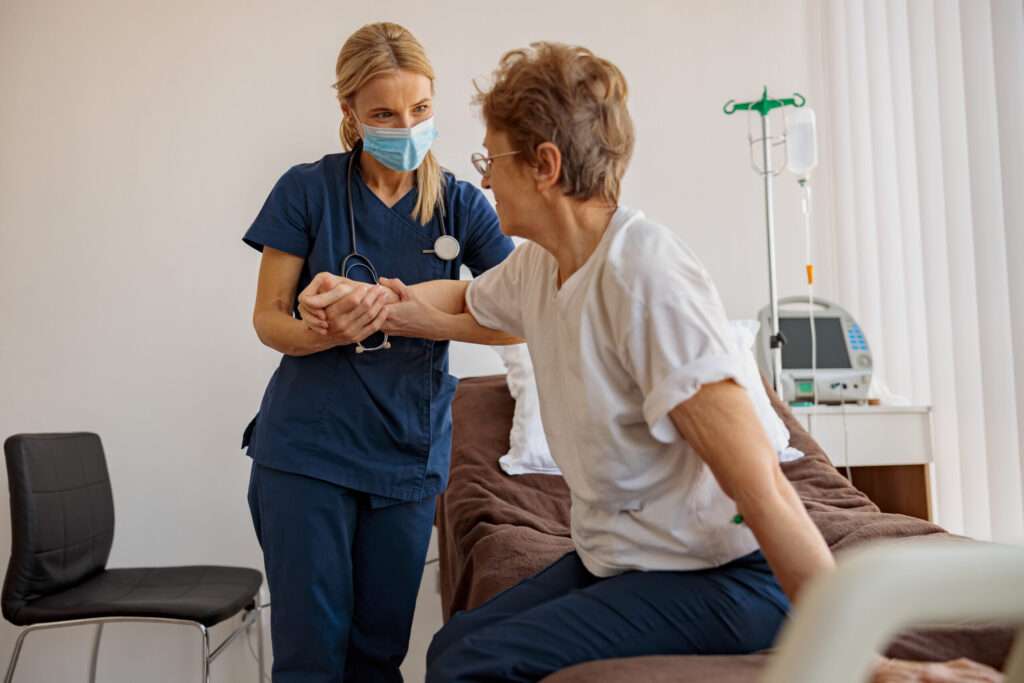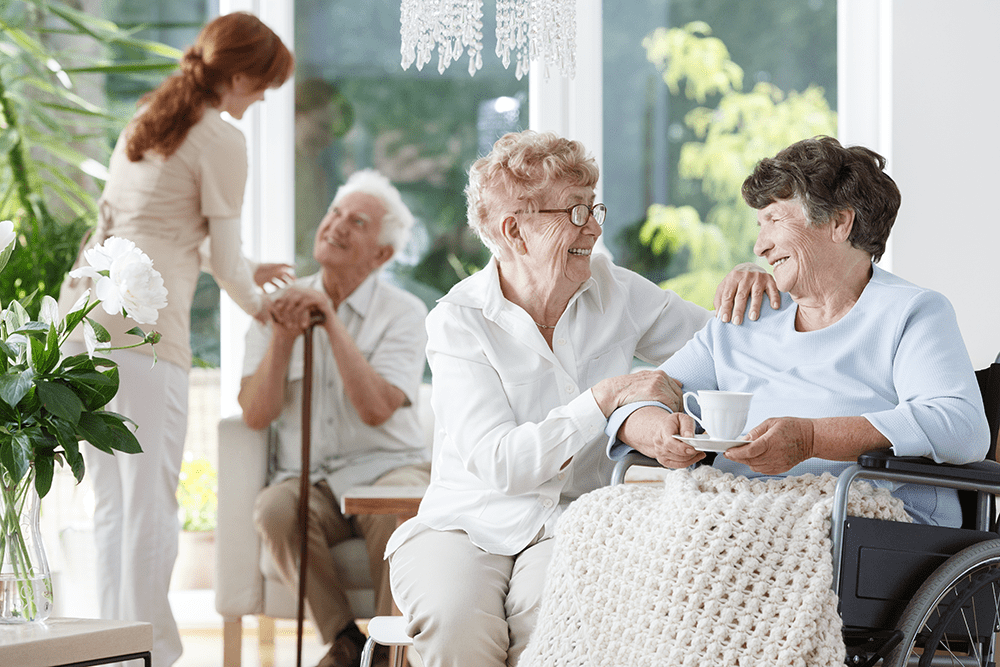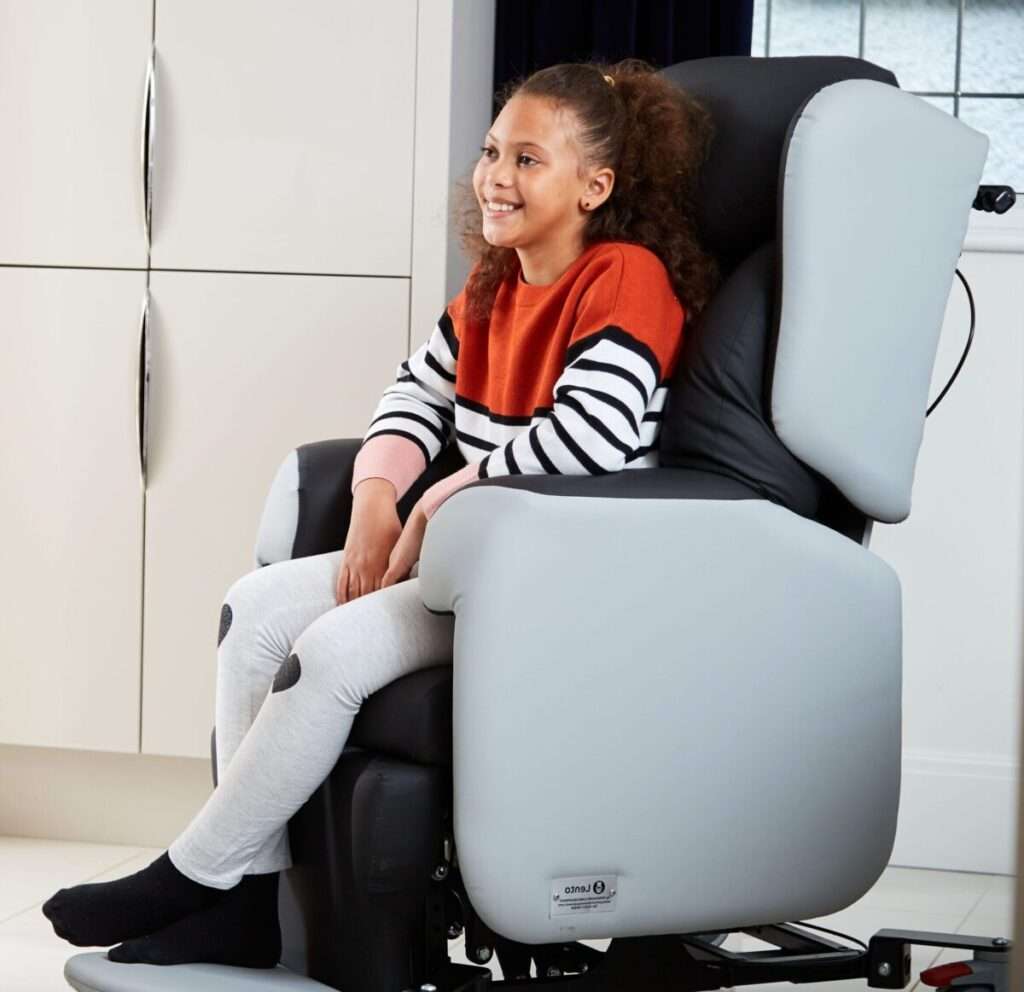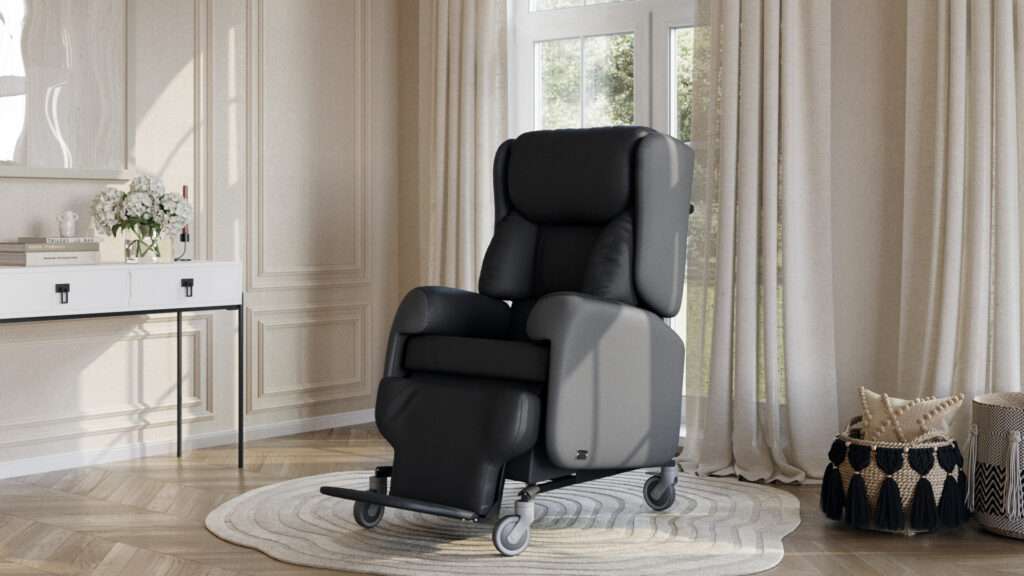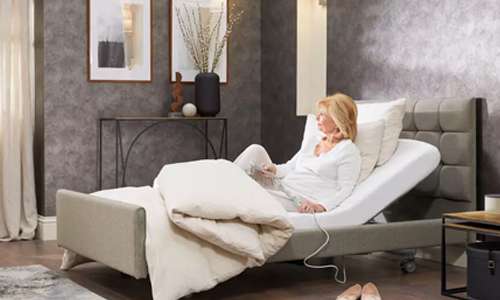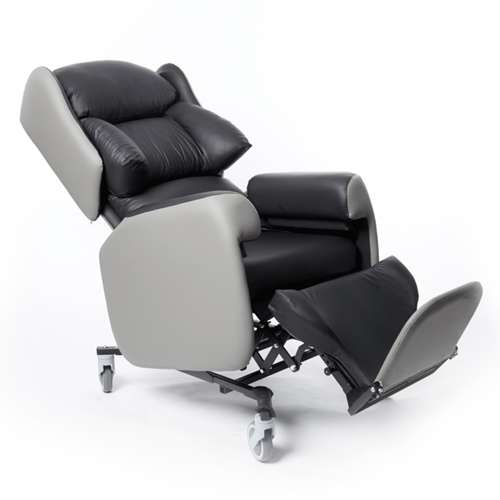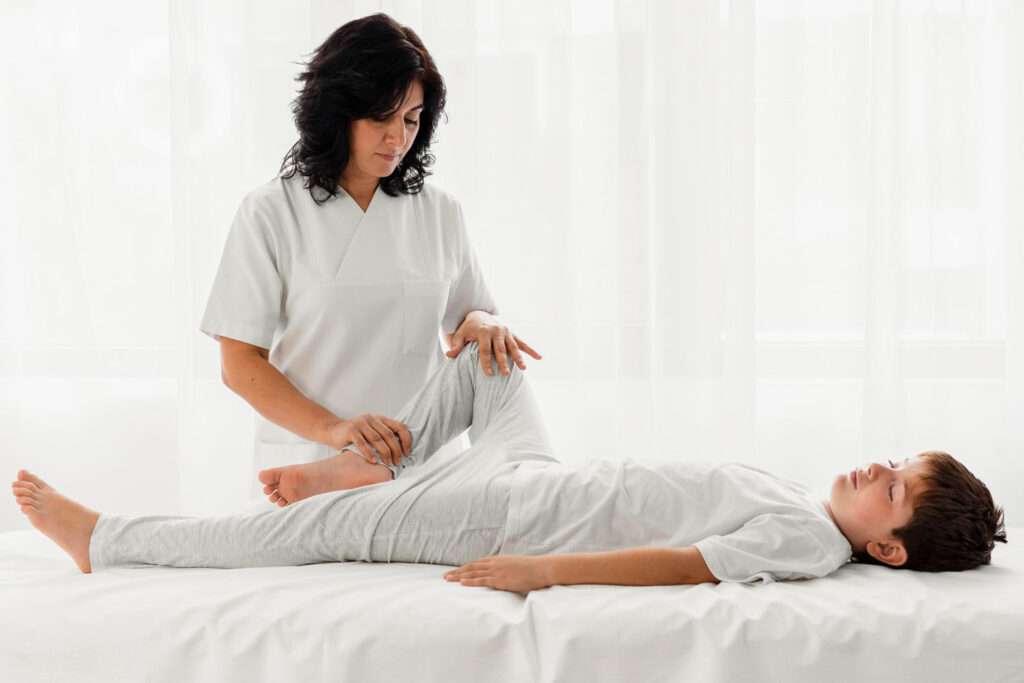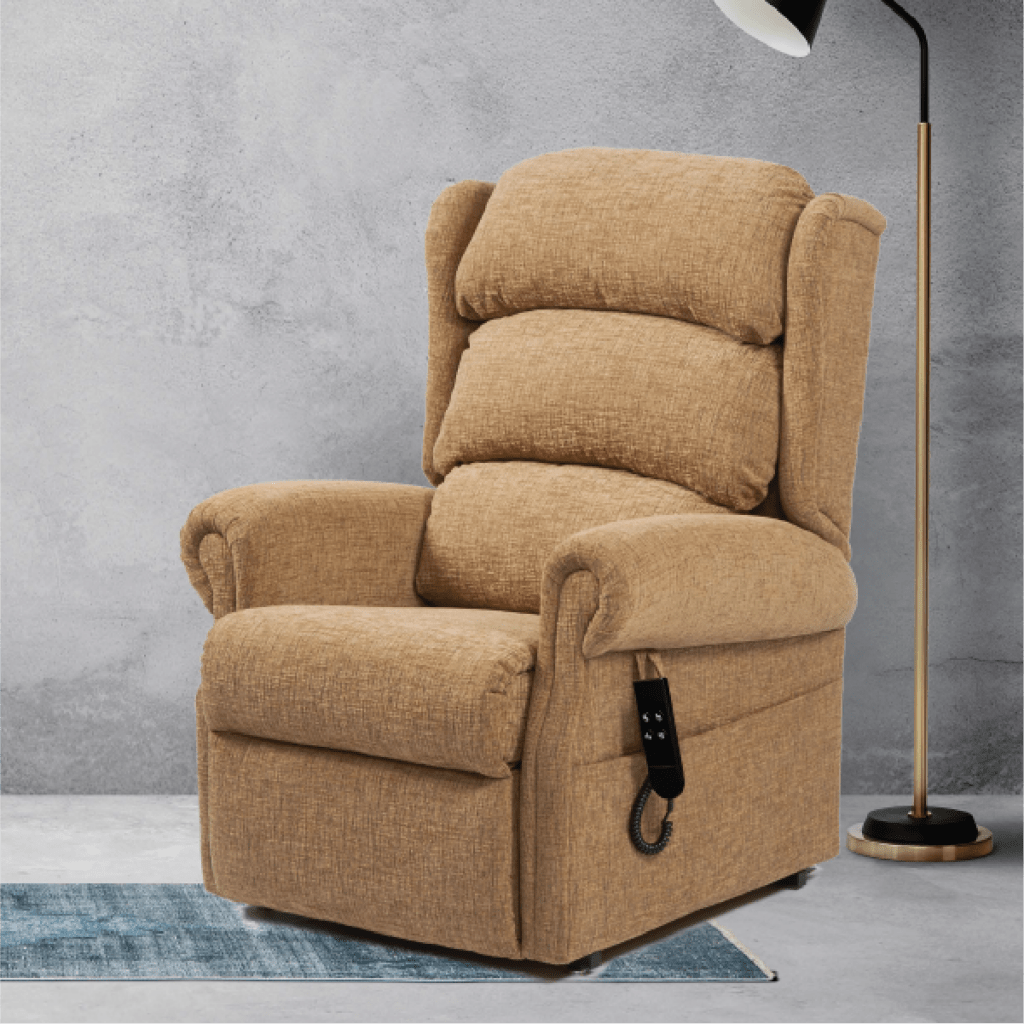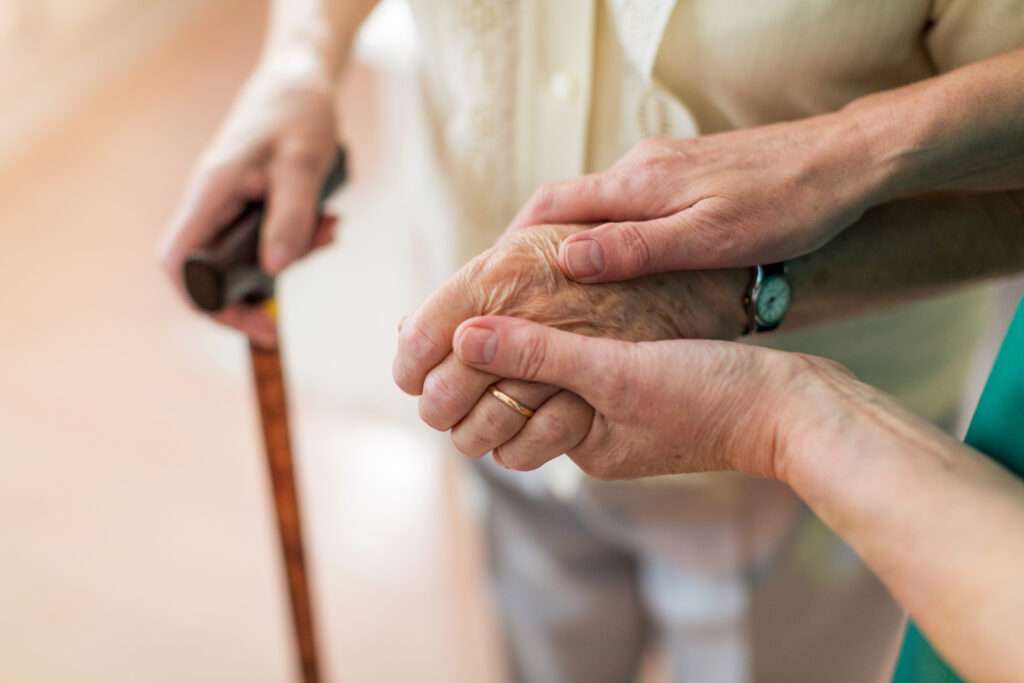Any Physio or Occupational Therapist will stress the importance of getting in and out of bed correctly with the right moving and handling procedures. Particularly for someone who lives independently, bed time mishaps or falls can be a real issue.
Although this seems like a fairly straightforward daily task, getting into or out of bed can cause many injuries if not done correctly.
We’ve put together this guide, with the help of our in-house Physiotherapist Padraig, to help outline the main steps of how to get in and out of bed correctly.
Getting into Bed
One of the more common issues with people getting into bed is their judgement of space. By ‘diving’ for the bed, you could misread the distance to the mattress and miss the bed entirely.
By simply altering your methods and minute actions, you could be preventing yourself from any injuries or even falls at bedtime.
First of all, you want to choose which side of the bed you’re getting into. Measuring about ¾ of the way up the mattress from the foot end, you should be facing away from the bed itself.
The backs of your knees should be against the mattress, with your feet a comfortable distance apart for balance.
When you are ready, use your hands to feel for the edge of the bed, then slowly bend your knees and sit on the bed. You should be sat fully on the bed, not perched on the edge.
Now, bearing in mind which side your pillow is on, you should lean slightly backwards and sideways so that your head will be going towards the pillow. Lean fully over to the side so that you’re laid down, but use the momentum of this movement to swing your legs up onto the mattress.
Your body should now be on the mattress, so make yourself comfortable for a peaceful night’s sleep!
Individuals with varying leg strength may struggle to keep their legs together during this movement, so we recommend that you use an appropriate manual handling aid to lift your legs together, like a leglifter.
Getting out of Bed
Like the above method, getting out of bed starts with choosing which side of the bed to exit. Ensure that you are comfortably on that half of the mattress, and lay on your side facing the direction that you will be getting out of.
Bring your free arm (not the one you are laid on) up to chest level, and press your palm into the mattress. With your legs ready to swing out of the bed, begin to push your body upwards.
As you push higher, use the opposite arm to prop yourself up by digging your elbow into the mattress directly under your side. Like before, use the momentum of this movement to swing your legs out of the bed.
This should bring you comfortably into a seated position.
Shuffle your bum forwards or backwards so that the backs of your knees are against the edge of the mattress. Make sure your feet are hip-width apart for better balance when you are stood.
This is incredibly important, as your stance is compromised if your feet are too close together; your feet should create a wide base on which you can comfortably get up.
Plant the palms of your hands at either side of your legs and with your nose over your toes, push down into the bed to lift yourself off the mattress into a standing position. Some individuals find this easier if they use a rocking motion to gain momentum to push themselves up to standing.
Invest in an electric profiling bed
The techniques above can be used in any bed. However, profiling beds are specially designed to make getting in and out easier!
A profiling bed is split into sections so you can adjust the backrest and knee position. Most profiling beds are height-adjustable too. You can read a full definition in our Guide to Profiling Beds.
When you want to get in or out of bed, you can use the remote to lift the backrest and raise yourself into a sitting position. Then, you can lower the bed into a position where your feet can easily touch the ground.
Together, these two simple functions reduce the effort required to get in and out of bed on your own. Plus, they reduce the risk of falls.
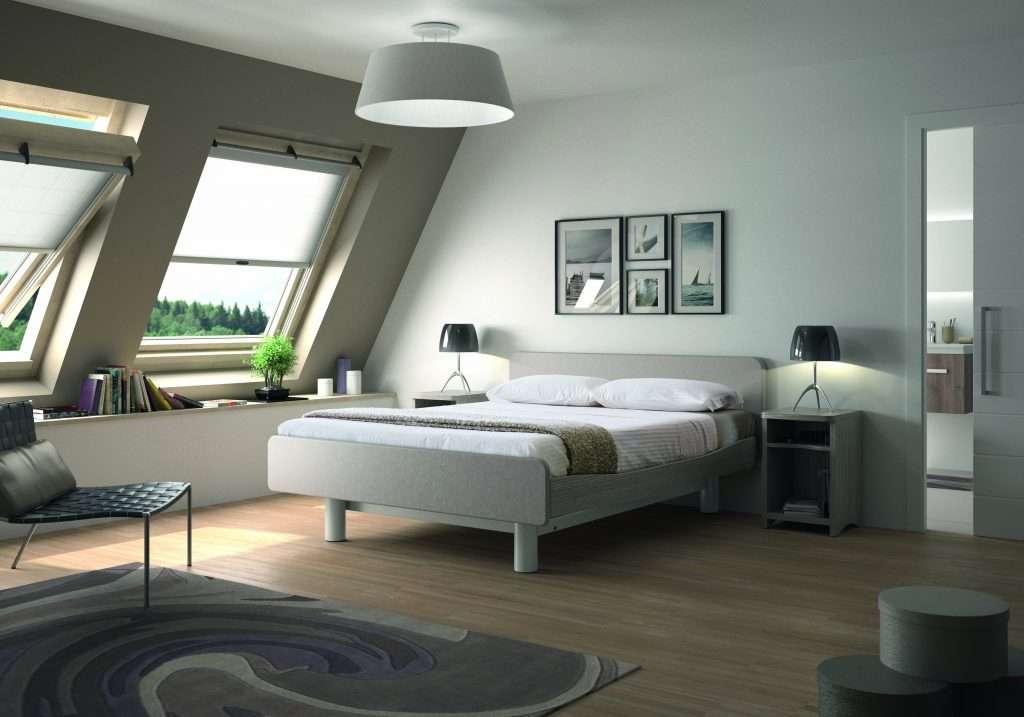
Many Electric Profiling Beds come in single or double sizes.
Summary
And there we have it — a simple guide to getting in and out of bed. Whilst some of these steps make take a while to get used to, it’s well worth taking the time to practice these methods, as they can ultimately save you from injury and stress.
However, if you are still struggling with these daily tasks, there is plenty of equipment available to help further. Simply visit your local mobility shop for advice, or perhaps discuss your needs with your Doctor.





